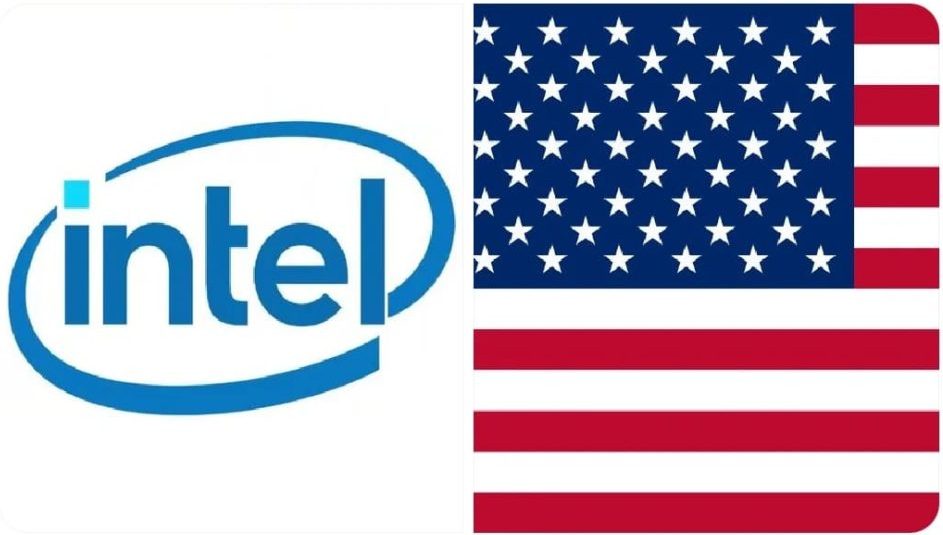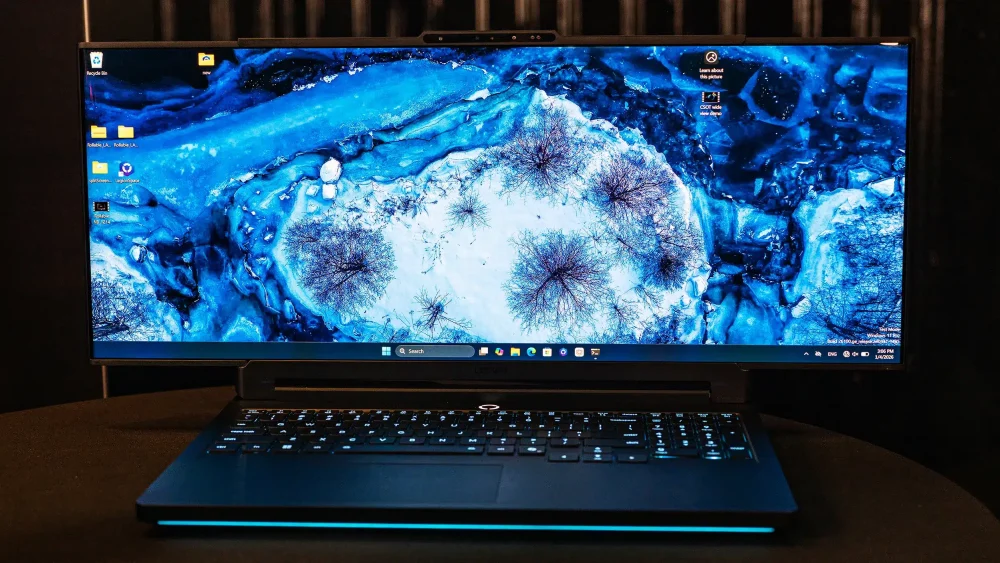For half a century, Washington wrote the checks. Companies took the money, promised jobs, and the story ended there. But today, the United States isn’t just subsidizing technology. It’s buying in. Literally. Instead of handing out milestone-based checks, the government is now buying equity in Intel at a discount, betting directly on Intel’s long-term success. This creates a precedent: what happens when the U.S. Treasury becomes one of the largest single shareholders of a publicly traded tech giant?
Intel, the company that once put “Silicon” in Silicon Valley, is now 9.9% government-owned. With $8.9 billion in taxpayer money converted into stock, America just became one of Intel’s largest shareholders. Lip-Bu Tan and Trump are selling this as Intel = America’s technological sovereignty.
This isn’t your grandfather’s industrial policy. This is industrial capitalism at scale. The Trump administration calls it a “historic partnership,” one that welds Wall Street, Washington, and wafer fabs into a single national project.
Intel receives early access to $5.7 billion in CHIPS Act funds, which it can utilize now to accelerate its Arizona megafabs and deliver on military-grade “Secure Enclave” chips for the Pentagon. In exchange? The government holds stock, gains warrants, and ties its political fortunes to Intel’s engineering success.
The bigger story isn’t Intel. It’s the model. If the U.S. can hold equity in Intel, what’s to stop similar deals with other “national champions”? Think Microsoft. Think Tesla. Think NVIDIA. A future where the government isn’t just a regulator, but a shareholder shaping the next technological superpowers.
“The age of subsidies is ending. The age of shareholder states is beginning. And with Intel as the first domino, America’s industrial policy just crossed the Rubicon.”


